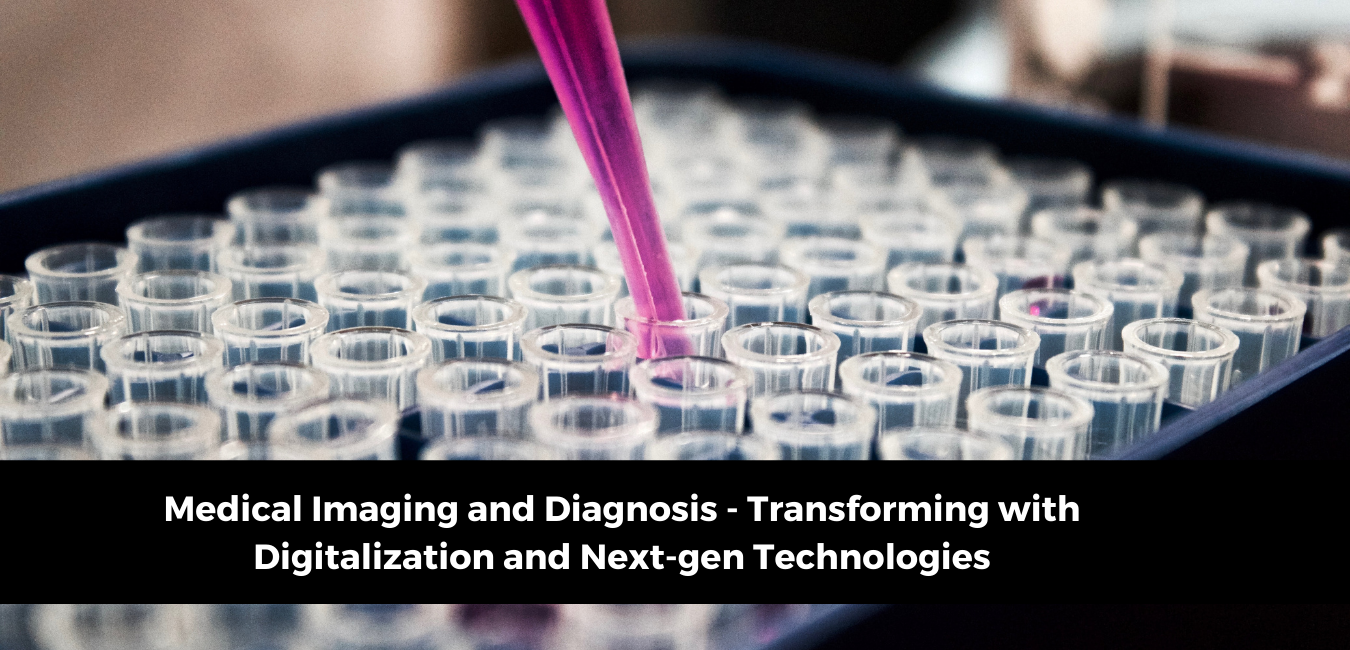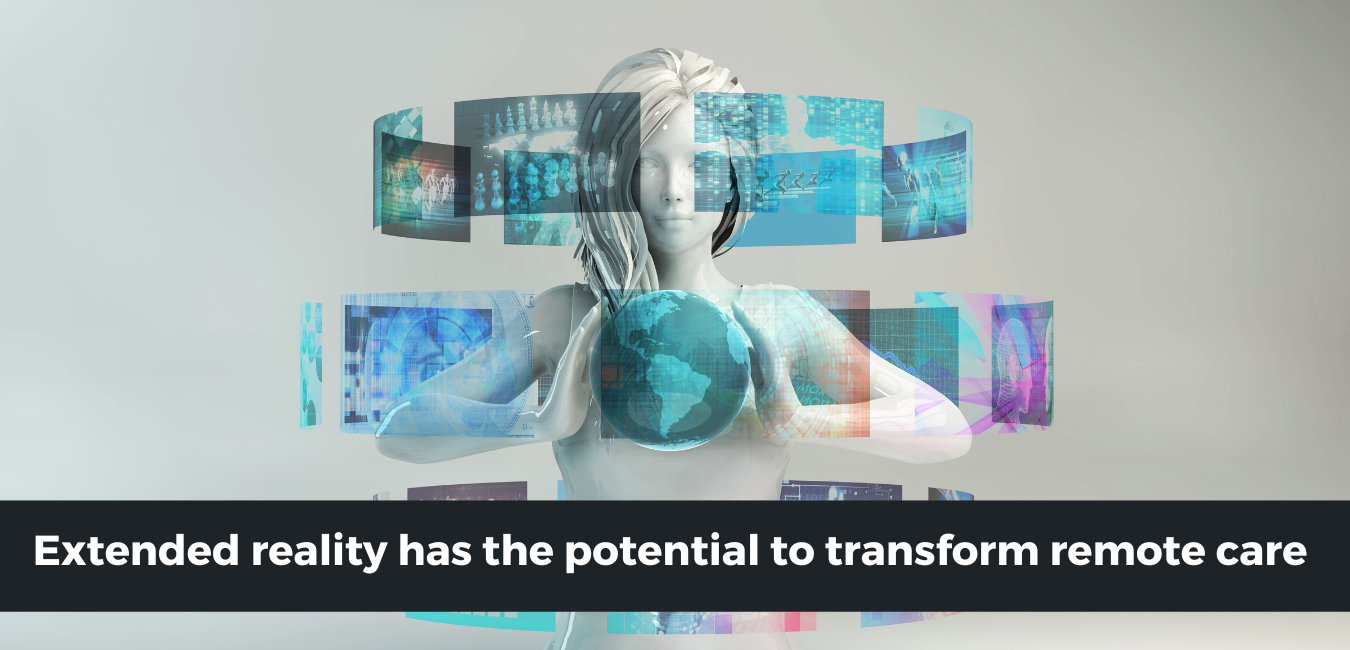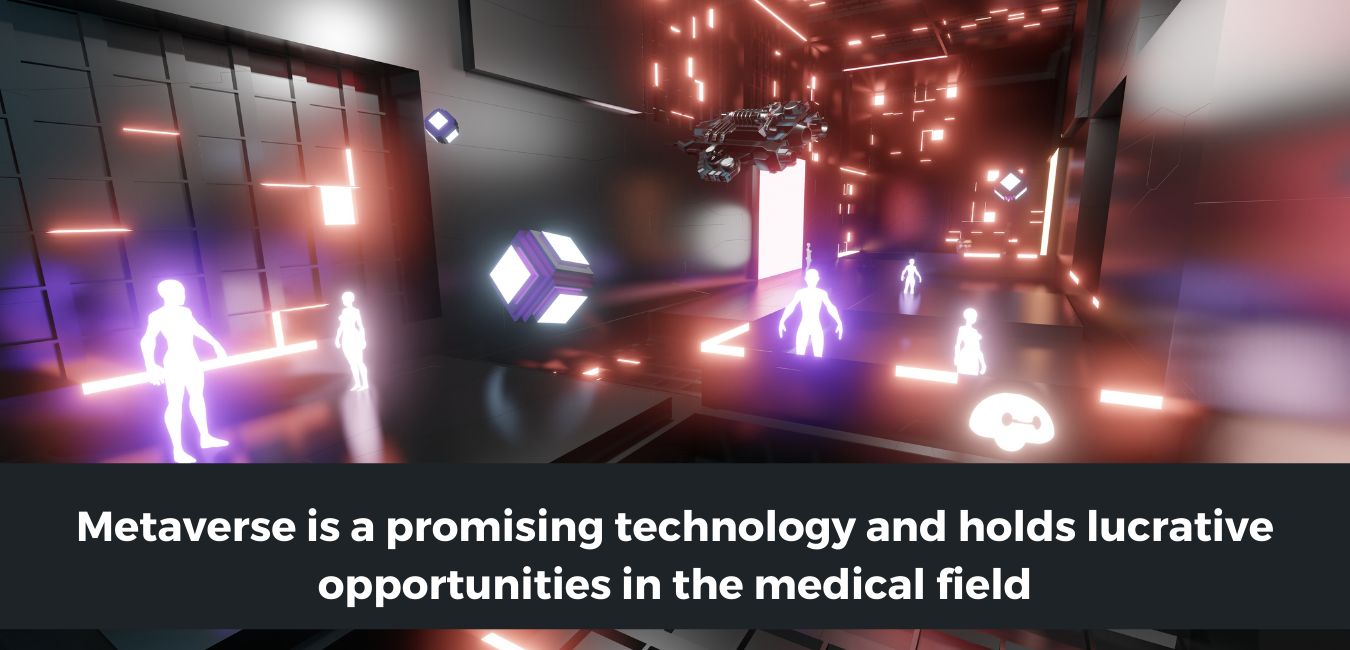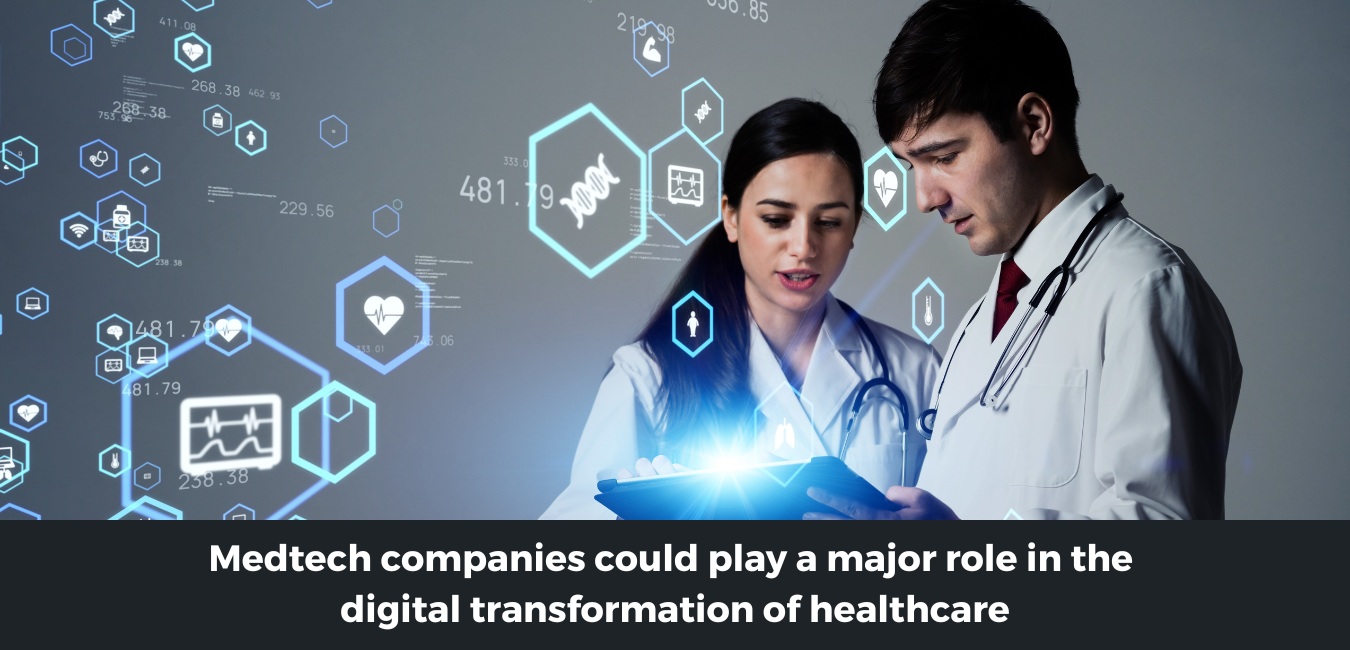Medical Imaging and Diagnosis - Transforming with digitalization and next-gen technologies

Did you know that there is an increase in the flow of data by nine times through business? The ever-evolving digital technologies are causing a ripple effect across every industry and sector. And clearly, the healthcare industry is no different. Moreover, the Covid-19 pandemic further propelled the organizations to implement new digital tools.
Surprisingly, physicians quickly turned to the new tools, virtual visits, remote monitoring, and analytics. Now that physicians have experience and are rapidly adopting new tools, organizations realize the potential of emerging technologies.
In fact, experts in the imaging space suggest that augmented intelligence and other cutting-edge features will become an integral part of the industry in the coming years. It won’t be wrong to say that medical imaging technology is one of the critical elements of the healthcare industry.
So, building the momentum from before, new innovative technologies gradually became a part of the efficiency and workflow to alleviate the patient care concerns. In this article, we’ve rounded up some key areas regarding the digital transformation in medical imaging and technology.
But before that, what led to the change in the first place?
The poorly designed health IT systems with confusing user interfaces and disorganized patient information contributed to cognitive overload rather than ease the entire workflow. Thus, decreasing the overall efficiency and interpretation of the diagnostic process.
This is what led to the need for next-gen technologies in this healthcare sector.
Four Key Areas For Effective Next Generation Tech Transformation
The entire healthcare industry is in the midst of digital disruption. The integration of modern technologies like machine learning, artificial intelligence, wearables, genomics, to name a few, are helping providers gather an avalanche of information and data for effective diagnosis.
However, experts suggest the providers focus on the four areas to improve the transformation.
- Image acquisition workflow
- Image analysis and interpretation
- Reporting
- Communication and collaboration
In simple words, there should be an ecosystem for clinical exchange using innovative platforms. Doing so will not only address the problems faced today but will also take care of the futuristic needs. The idea is to develop augmented intelligence by combining human and artificial intelligence.
Diagnostic Revolution: Patient-centric Diagnostic Tools Driving Innovation
It goes without saying that the efficiency of the treatment solely depends on the accuracy of the diagnosis. So, clinical lab advancements are enabling physicians to address diseases on a molecular level. Molecular diagnostics have become an integral part of research and development.
It’s not about yes and no. The data gathered from lab testing is now being used to create precise, prescriptive, and personalized care plans. All of this is shifting the focus from provider-centric to patient-centric care. Also, the chances are that the primary care experts or professionals might go down in number in the coming years.
This is why the organizations are coming up with point-of-care diagnostic procedures that allow patients to take care of their tests at their place and according to their time. For instance, urine test strips have been here for a while as a part of a testing protocol for identifying infectious disease, monitoring cardiac markers, and maintaining diabetes.
The rise in the popularity of rapid access of diagnostic information is driving the providers to develop solutions that are faster and accurate. Experts believe that the over-the-counter or home testing market will increase as consumers finally realize the importance of health.
Medical Imaging And Diagnosis: What Are Global Leaders Trying to do?
As per the healthcare IT consultants, digital technology is turning out to be helpful assistance over the tools or documentation available. For instance, next-generation imaging technology is using image recognition algorithms to draw results or annotations.
Such platforms are using study images to bring in the relevant information regarding the patient. But a radiologist can use the information and add their context to create a report. Thus, allowing the doctors to design classifications and diagnosis based on different factors without manually entering data at all steps of the way.
Further, the leaders are trying to reduce the size of the imaging technology across the globe. Why? Because not every professional is well-equipped to adopt structural upgrades for installing imagining tools. That’s costly and time-consuming. So, the providers are working with the design teams for lighter, easier-to-use versions that require less room for renovation.
Moreover, the increase in the use of 3D imagining is helping practitioners to increase the efficacy of the diagnostic information for better patient experiences.
Is that all? Not actually!
Experts believe that AI has the potential to disrupt healthcare on a massive scale. And machine learning is capable of increasing the accuracy, efficiency, and effectiveness of professionals. How? The combined force allows the professionals to identify the trends in huge chunks of clinical data.
Final Takeaways: It’s all about Patient-first Solutions Now
All the premier tech companies are looking more deeply into the emerging technologies to develop patient-friendly digital applications and solutions. And why not when these tech tools are allowing healthcare practitioners to improve personalized care.
The progress in the field of bioinformatics and biostatistics is making it possible to include novel approaches that further drive personalized diagnosis and comprehensive healthcare assessment. Thus, leading to better accuracy, increased efficiency, and the overall efficacy of the treatments.
In a nutshell, the integration of digitalization in medical imaging and diagnosis is helping in the following ways:
- Easy access to accurate data, which is quickly retrievable and reliable.
- User-friendly system for a seamless workflow.
- Easy navigation and initiative displays
- Point of care that aids in the better decision-making process.
- Automation of mundane tasks, decreasing cognitive workload, streamlining workflow, and eventually enhancing the end results.
So, one should start integrating solutions that help the practitioners provide accurate, detailed, structured, and systemic data, which can further improve the health status of the patient. This confirms that the rise in digital tools is only helping the healthcare sector by enabling them to provide its consumers with better patient care.
So, are you still stuck with the traditional methodologies? Or are you adopting the new trends to appeal to the patients of today!










